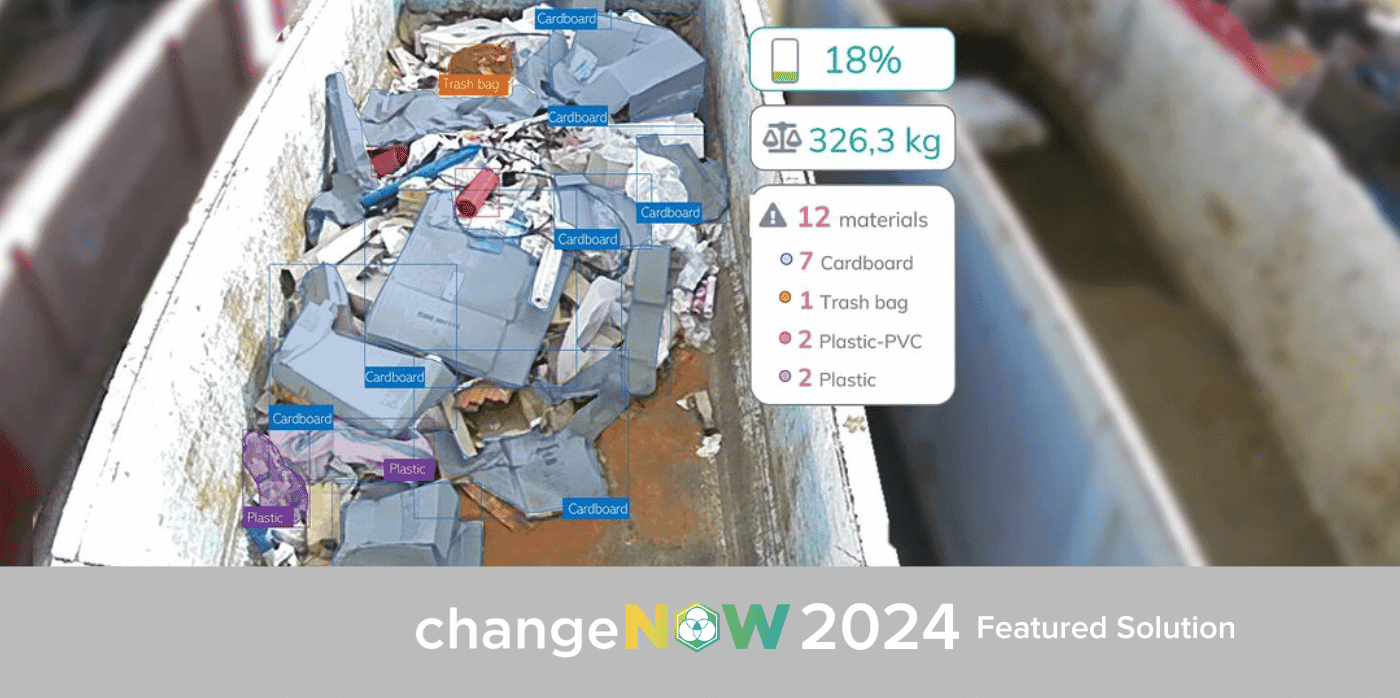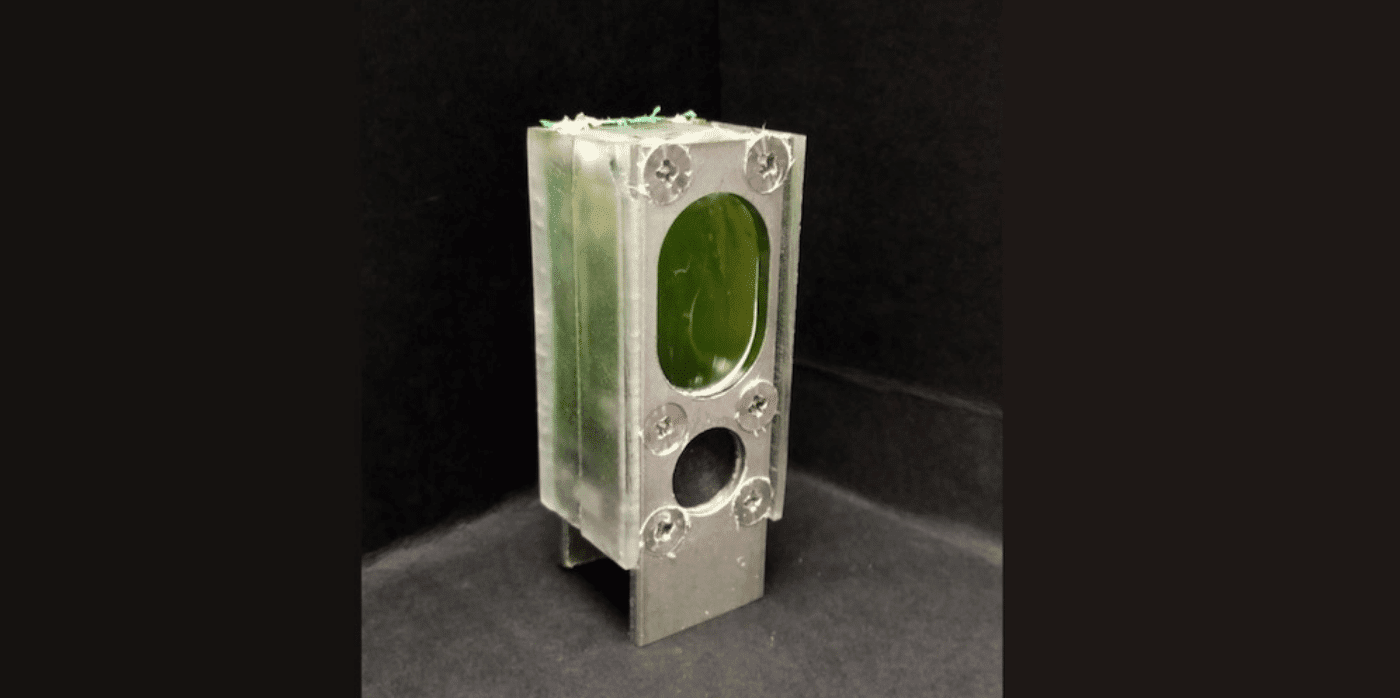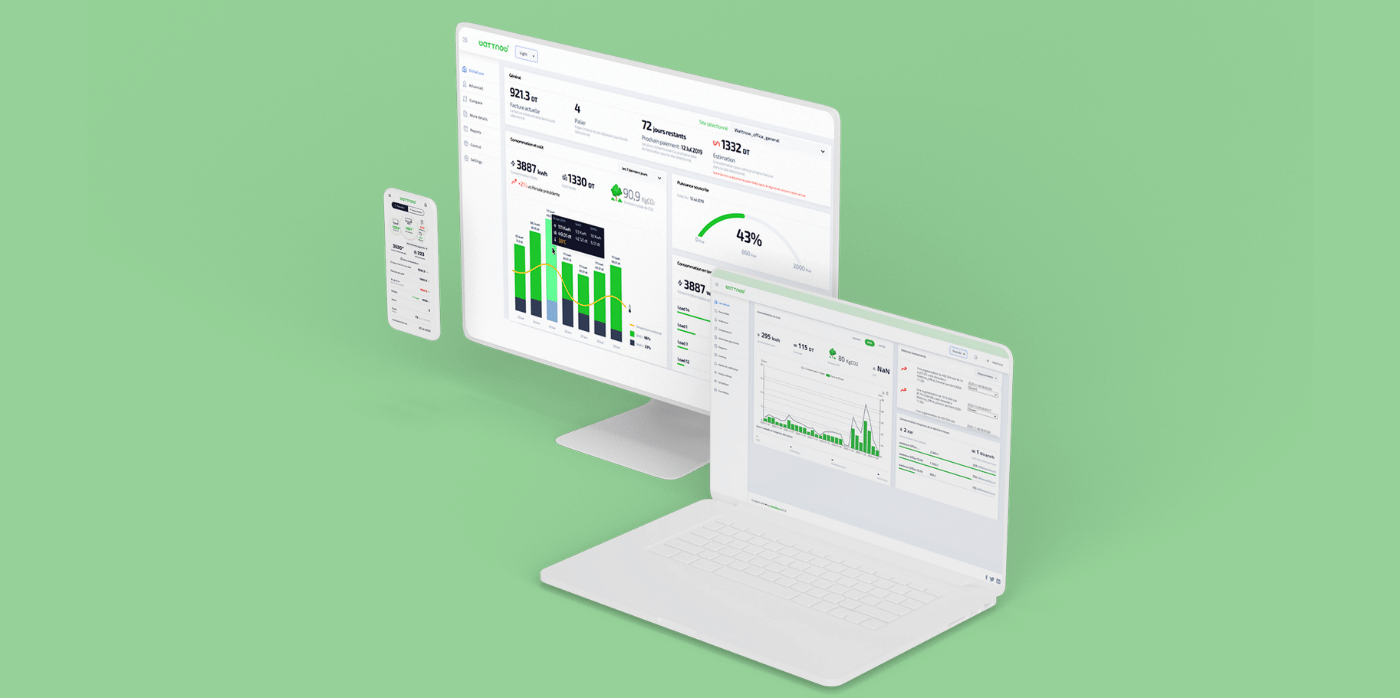AI and IoT for smarter waste management

Spotted: The European Commission recently warned France that, as a nation, it lags “far behind on its targets for recycling household waste and (…) it will have to step up efforts considerably to achieve them.” Helping the country close the gap between its goals and reality is French waste management technology company Akanthas.
Akanthas calls waste a ‘resource’ and combines Internet of Things (IoT) hardware with artificial intelligence (AI) analysis to identify, categorise, and more efficiently manage it. The company’s intelligent, AI-powered digital waste production and management platform helps organisations reduce the volume of waste sent to landfill.
Co-founder and CEO Viviana Contreras told Springwise that the system helps companies reduce their waste transport needs by 15 per cent a year and improves the sorting of their waste by 20 per cent. Currently focused on businesses, including heavy industry, Akanthas creates custom KPIs for waste management companies, recycling centres, construction and demolition companies, asphalt plants, manufacturers, and retail brands.
For waste management companies, the platform identifies sorting errors, flags cross-contamination and tracks the effectiveness and efficiency of pickup locations, driving routes, and fill rates. One sensor can monitor up to four containers, and the AI-powered image analysis blurs human faces so the focus is on the waste. The data gathered by the system lets organisations better allocate their vehicles and pickup times and work more closely with customers to support them in taking the most sustainable actions.
For industrial spaces and construction sites, the system is customised for the materials being generated, including liquid and toxic waste, and monitors volumes to ensure that pickups are booked for the right times to keep a space safe. The system also generates automatically required reports and certifications.
Akanthas is already working with Veolia and Bouygues Travaux Publics, among other waste management companies in France. Now in the process of closing a €2.5 million funding round, Akanthas plans to use the capital to expand the availability of its system globally.
Other innovations in Springwise’s Library that are also working on cutting waste and improving waste management include AI food scanners and real-time communication between waste generators and disposal companies.
Written By: Keely Khoury







